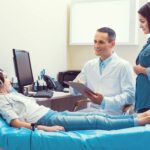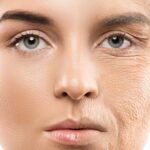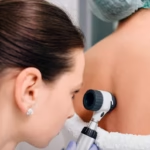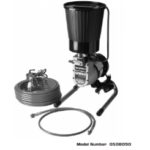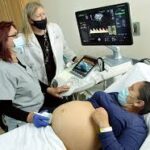Parkinsons disease is a neurodegenerative condition that affects the nervous system, leading to changes in movement, coordination, and other bodily functions. As a progressive disorder, its management involves various strategies designed to address symptoms and support daily activities. Research continues to evolve, providing a deeper understanding and refining treatment approaches for individuals living with the condition. Here’s more information on the treatment options for Parkinsons disease:
Deep Brain Stimulation
The exact cause of Parkinsons disease remains largely unknown, though researchers have identified several contributing factors. The condition is primarily linked to the loss of dopamine-producing neurons in a specific area of the brain called the substantia nigra. Dopamine is a neurotransmitter that plays a key role in controlling movement and coordination.
While the reasons behind this neuronal degeneration are unclear, a combination of genetic and environmental factors is believed to be involved. Certain gene mutations have been associated with Parkinsons disease, particularly in familial cases, while exposure to toxins, pesticides, or other environmental triggers may also increase risk. Age remains the most significant risk factor, as Parkinsons is more common in individuals over the age of 60. Understanding the precise mechanisms behind this complex disease is an ongoing area of study.
Deep brain stimulation (DBS) is a surgical procedure that modulates electrical signals in specific areas of the brain involved in motor control. This intervention is often recommended for individuals whose response to medication has become less consistent over time. The procedure does not stop the progression of Parkinsons disease but helps manage certain motor symptoms through electrical stimulation.
Candidate Evaluation
Determining suitability for DBS involves a comprehensive evaluation by a multidisciplinary team. This assessment typically includes neurologists, neurosurgeons, and other specialists who review the individual’s medical history and symptom profile. Key symptoms they assess include tremor, rigidity, and motor fluctuations, and candidates often undergo detailed pre-operative testing and neuroimaging to map the precise targets for electrode placement. The goal is to identify individuals who are most likely to find the intervention appropriate for their specific circumstances.
System Maintenance
Following the surgical implantation of the DBS device, a trained clinician programs the implantable pulse generator to deliver the necessary electrical stimulation. The settings are customized for each person, and adjustments can be made during follow-up appointments to optimize symptom management. The device’s battery requires monitoring and eventual replacement or recharging, depending on the model, so ongoing maintenance and regular check-ins are a standard part of the long-term treatment plan.
Medication
Pharmacological treatment is a central component of managing Parkinsons disease. Several classes of medication are available to help address motor and non-motor symptoms. Medications are available in various forms, including oral tablets, inhaled powders, and subcutaneous infusions. The choice of medication and delivery method depends on factors like symptom type, disease stage, and individual response.
A structured dosing schedule is often necessary to manage motor fluctuations throughout the day. Medications like levodopa help increase the dopamine levels avaible to the brain. Other categories include dopamine agonists, which mimic dopamine’s effects, and metabolism inhibitors, which help prevent the breakdown of dopamine.
Lifestyle Changes
Combined with medical treatments, lifestyle modifications are a fundamental part of a comprehensive management plan. Some common symptoms of Parkinsons disease are:
- Tremors
- Bradykinesia
- Postural Instability
- Gait Changes
- Speech Changes
- Cognitive and Mood Changes
Physical, occupational, and speech therapies provide structured support for maintaining function. Regular physical exercise, tailored to an individual’s ability, can support mobility and balance, and a consistent routine for sleep and nutrition may also contribute to overall health. Adapting the home environment for those with Parkinsons helps to improve their safety. Simple modifications may reduce the risk of falls and support independence in daily tasks.
Learn More About Parkinsons Disease
The field of Parkinsons disease treatment is continually advancing. For current and personalized information, contact a qualified healthcare professionals today. Neurologists and movement disorder specialists can provide guidance based on your specific health profile. Reputable patient advocacy organizations and medical institutions also offer valuable educational resources for more information.
